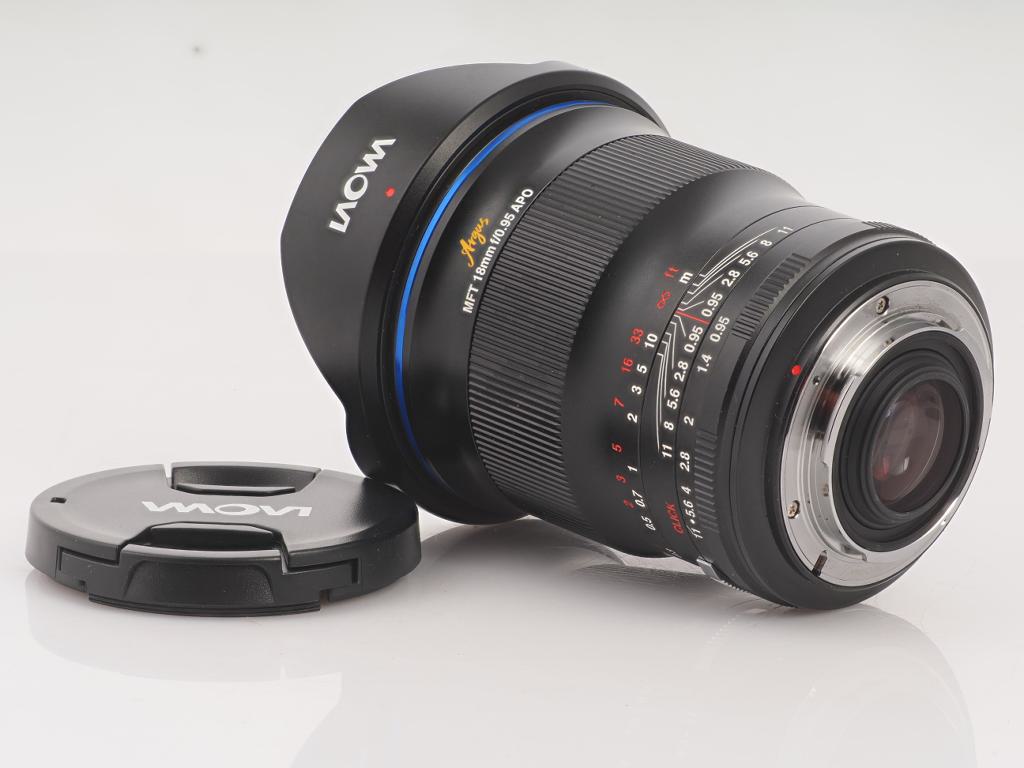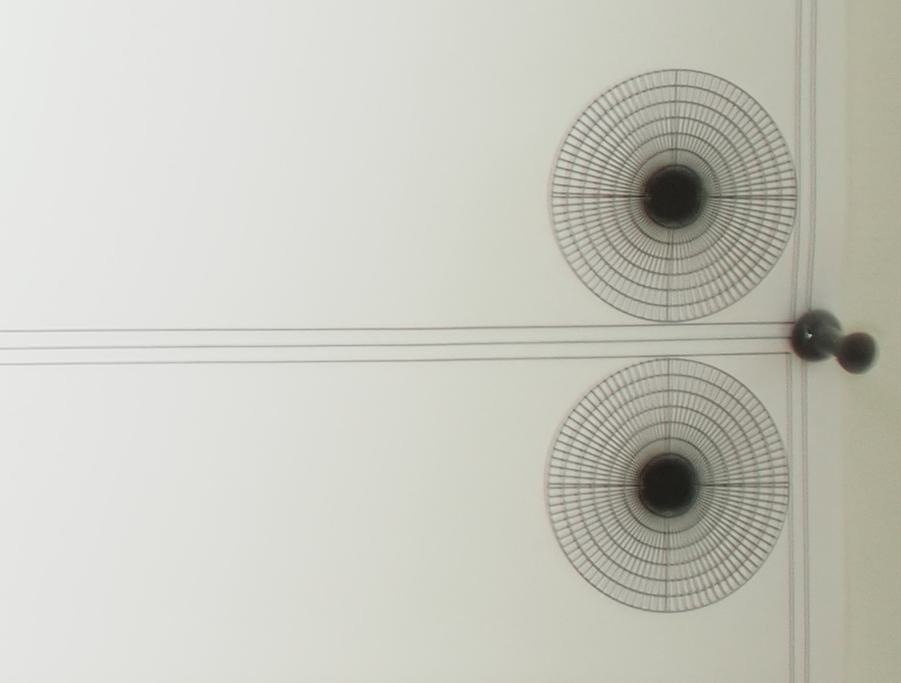
I had already posted a few real-life pictures and a first impression at the FolyFos. Today I took the lens into the studio and – what can I say – the disillusionment was huge.
Yes, the lens is crisp in the center even at f/0.95. The barrel is not very pronounced and if you get a good one, the edges are probably sharp at f/0.95 as well.
The one I have is indisputable. This is the right edge, center:

Not only is nothing really sharp, you can also see a double line on the right where there should only be one. At the left edge there is, as it should be, only one line. This line does not disappear even at f/2, at f/4 you can talk about sharpness. The corners easily have one and a half stops of brightness loss.
But the really bad thing is that the lens is not even close to f/0.95. Between f/2 and f/0.95 the image is only 2/3 EV brighter. Between 1.4 and 0.95 not at all. So the lens is somewhere between f/1.4 and f/1.6. The m.Zuiko 17mm f/1.8 is by far the better choice. Sharper, smaller, lighter and only slightly slower. 600 euros for this fully manual lens is a cheek.
Foto Brenner even claims that the angle of view does not change when focusing.
Thanks to low focus breathing, there is no change in the image section when you turn the focus ring and shift the focus within the image
Sorry, that’s simply wrong. From one and a half meters to infinity there is no perceptible change in the angle of view, from one and a half meters to 0.2 meters this becomes very, very clear.
I can’t think of any reason to buy this lens right now. It’s big, it’s heavy, it’s not a revelation optically and the speed label on it is wrong. The box it comes in is beautiful – but that’s all. The catseye bokeh is extremely pronounced and bright, defined light sources cause mirror flares along the optical axis, as well as normal flares and blue blobs. And stopping down only works up to f/11. Aperture stars start to become usable at f/8. But then the image is full of bright round spots. Not pretty either.
Laowa, you can do better. Far better.
Eine Seite schärfer als die andere?!
Hmmm, hast du nach dem Folyfos vielleicht doch den Falltest gemacht?
wundert sich…
Martin
Nein, habe ich nicht. Das Problem bei den Weitwinkeln ist, dass sie absolut plan zum Target ausgerichtet werden müssen, gerade bei den Lichtstärken von 0,95. Freihand draußen kriegt man da sehr schwer belastbare Ergebnisse. Und links ist es scharf, rechts nicht. Wer rechnet mit einem dermaßen dejustierten Objektiv. Erst mit genauer Ausrichtung mit Wasserwaage und auf dem schweren Studiostativ und Blitzbeleuchtung habe ich dann belastbare Ergebnisse bekommen.
Dieses Objektiv ist ein gutes Beispiel dafür, dass Äquivalenz nur teilweise funktioniert: Hinsichtlich Bildwinkel und Schärfentiefe entspricht es einem 2,0/35. Für das gleiche Geld gibt es von Sigma ein 2,0/35mm für E- und L-Mount. Aber das bietet im Gegensatz zum Laowa ordentliche Qualität, Autofokus und wiegt nur gut die Hälfte.
Ungefähr das gleiche Kampfgewicht wie das Laowa zum doppelten Preis bei guter Qualität hat das Cosina Voigtländer 0,95/17,5mm.
Nein. Es “entspricht” einem 35 f/2,8. Und das Voigtländer 17,5er hat eine Blende mehr Lichtstärke. Hier hinken sämtliche Vergleiche, weil das Laowa ein falsches Etikett drauf hat. Die Verzerrung des Sigma ist deutlich größer als des Laowa, die CAs, die beim Laowa keine Rolle spielen, müssen beim Sigma von der Kamera korrigiert werden. Diese ganzen Korrekturen fressen Glas und bringen Gewicht und Größe. Die Schärfe des Sigma bei Offenblende ist selbst mittig nicht so dolle. (Und ob das Sigma auch wirklich 2,0 ist, hat auch noch keiner getestet…..) Davon abgesehen ist das Konzept der “Äquivalenzblende” sowieso fragwürdig, aber das hatten wir ja schon mehrfach.